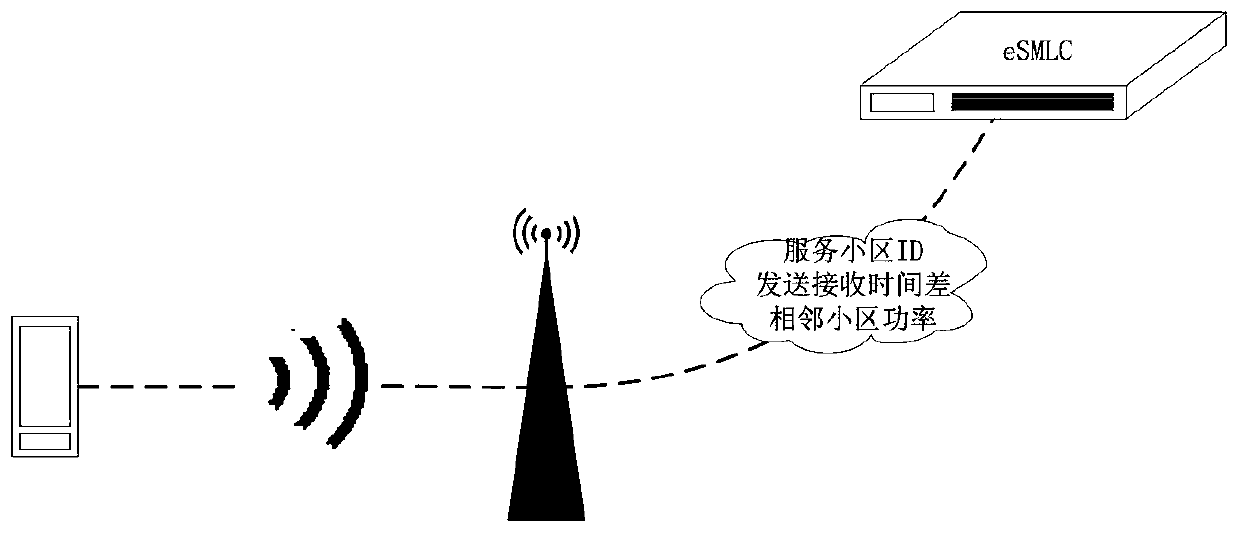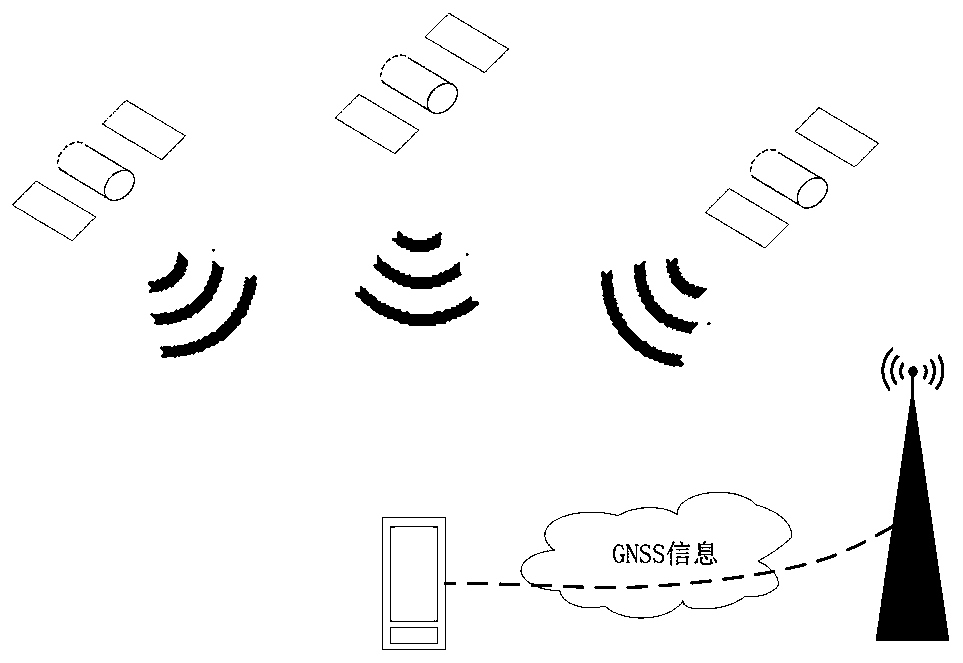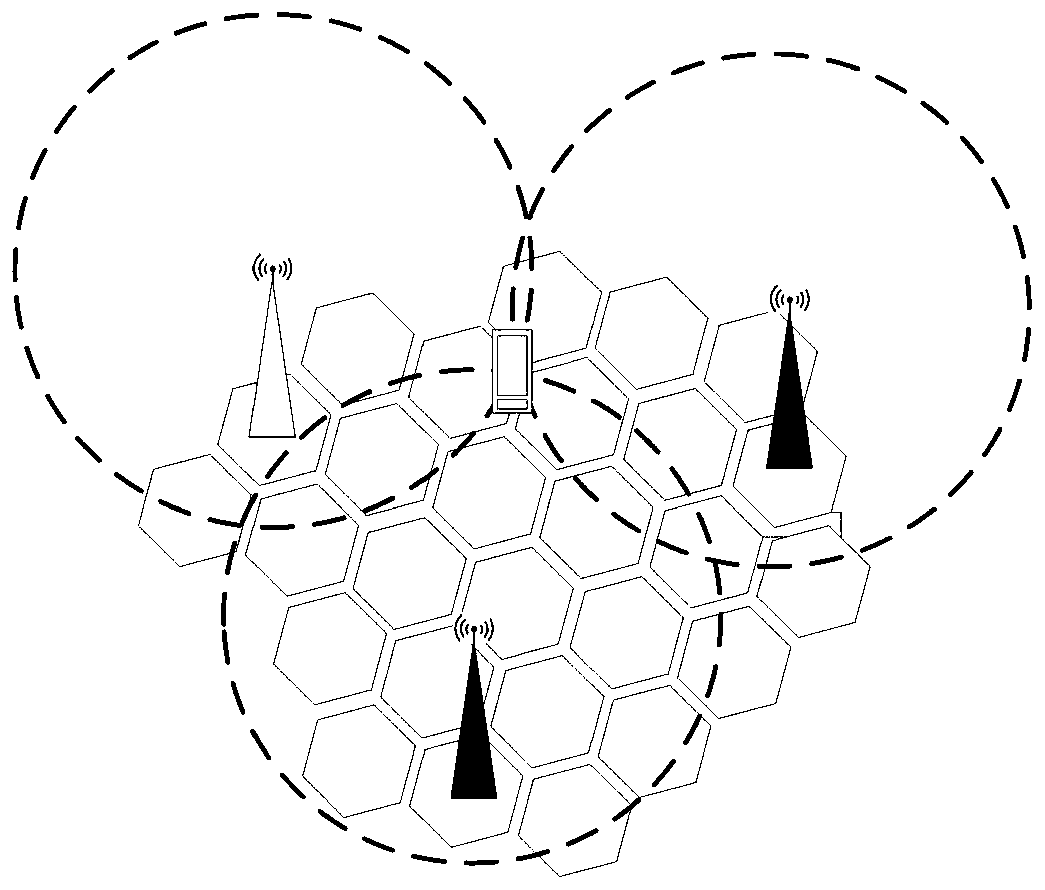Mobile terminal positioning system and method
A mobile terminal and positioning system technology, applied in positioning, radio wave measurement systems, services based on specific environments, etc., can solve the problems of high indoor positioning deployment cost, high complexity, and susceptibility to interference.
- Summary
- Abstract
- Description
- Claims
- Application Information
AI Technical Summary
Problems solved by technology
Method used
Image
Examples
Embodiment Construction
[0058] In order to make the object, technical solution and advantages of the present invention clearer, the present invention will be further described in detail below in conjunction with the accompanying drawings and embodiments. It should be understood that the specific embodiments described here are only used to explain the present invention, not to limit the present invention.
[0059] It should be noted that the term "first\second\third" involved in the embodiment of the present invention is only to distinguish similar objects, and does not represent a specific ordering of objects. Understandably, "first\second\ "Third" can be interchanged for a specific order or sequence where allowed. It should be understood that the terms "first\second\third" are interchangeable under appropriate circumstances such that the embodiments of the invention described herein can be practiced in sequences other than those illustrated or described herein.
[0060] The terms "comprising" and "...
PUM
 Login to View More
Login to View More Abstract
Description
Claims
Application Information
 Login to View More
Login to View More - R&D
- Intellectual Property
- Life Sciences
- Materials
- Tech Scout
- Unparalleled Data Quality
- Higher Quality Content
- 60% Fewer Hallucinations
Browse by: Latest US Patents, China's latest patents, Technical Efficacy Thesaurus, Application Domain, Technology Topic, Popular Technical Reports.
© 2025 PatSnap. All rights reserved.Legal|Privacy policy|Modern Slavery Act Transparency Statement|Sitemap|About US| Contact US: help@patsnap.com



